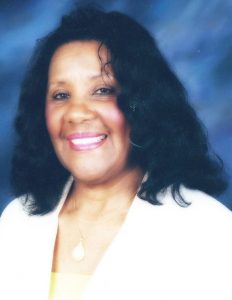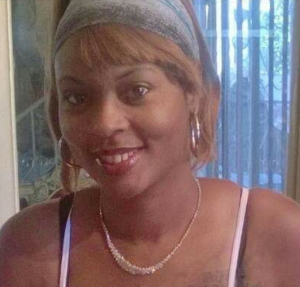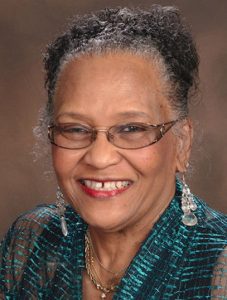SAN BERNARDINO, CA- (EMPIRE NEWS NETWORK (ENN)- San Bernardino Valley College will host the 7th Annual Inland Empire Media Academy (IEMA) Student Film Festival from Friday, May 4 to Sunday, May 6. This weekend-long event is an opportunity for high school, community college, and university students to present their films and videos to a wider audience. Members of the campus and community are invited to enjoy the film screenings, guest speakers, and food vendors at this free event.
The event kicks off Friday, May 4 at 6 p.m. with a special discussion featuring Lalo Alcaraz, an acclaimed cartoonist who contributed to the Disney-Pixar hit “Coco.” This lecture will be followed by a screening of the film “Coco,” which will also be free and open to the public.
Saturday’s activities include a university transfer fair, a media vendor fair, and more industry guest speakers, including H. Lee Peterson, whose credits include being an assistant editor for “The Little Mermaid” and lead film editor for “Aladdin,” “Pocahontas,” and more.
Throughout the weekend, screenings of student-created films will take place in the Library Viewing Room on the SBVC campus. These films were submitted by local high school, community college, and university students, and were selected from numerous submissions by a film festival committee. From horror and suspense to action and drama, these films vary in genre and provide a rich pallet of unique concepts and perspectives. The goal of the film screening is to bring together a community of filmmakers who share the common goal of education and artistic expression.
The event culminates on Sunday with the awarding of prizes to participating filmmakers, including awards for best direction, actor and actress, cinematography, writing, editing, and more. Awards will be decided by a jury of industry professionals, and will be given to enhance student films by supplying added financial backing to their projects. These prizes, which vary from camera equipment to a cash award, are intended to decrease the financial burdens for students who are creating films while going to school.
The IEMA Student Film Festival will give talented students a sound board from which to be heard and motivate them to further delve into their creative craft. Entry is open to the public and free of charge.
For more information on the event, participants, and films, visit www.valleycollege.edu/iema.
 Westside Story Newspaper – Online The News of The Empire – Sharing the Quest for Excellence
Westside Story Newspaper – Online The News of The Empire – Sharing the Quest for Excellence


